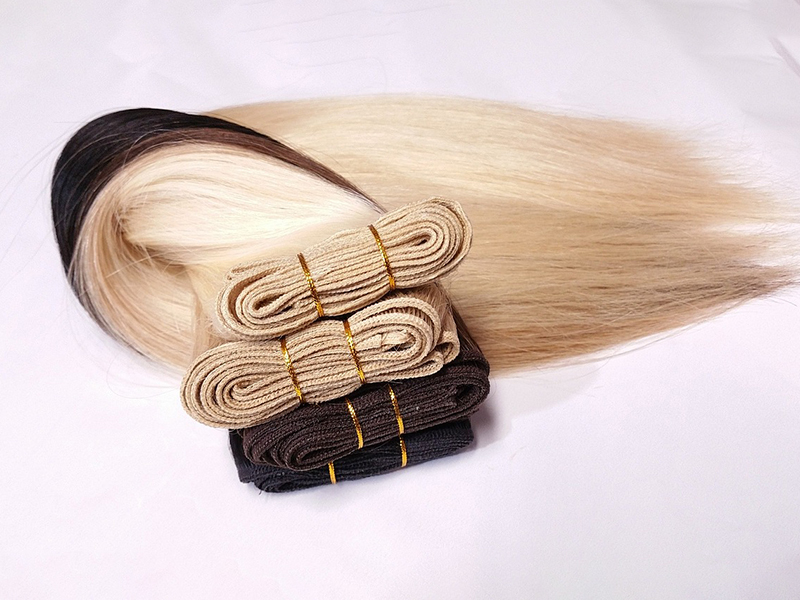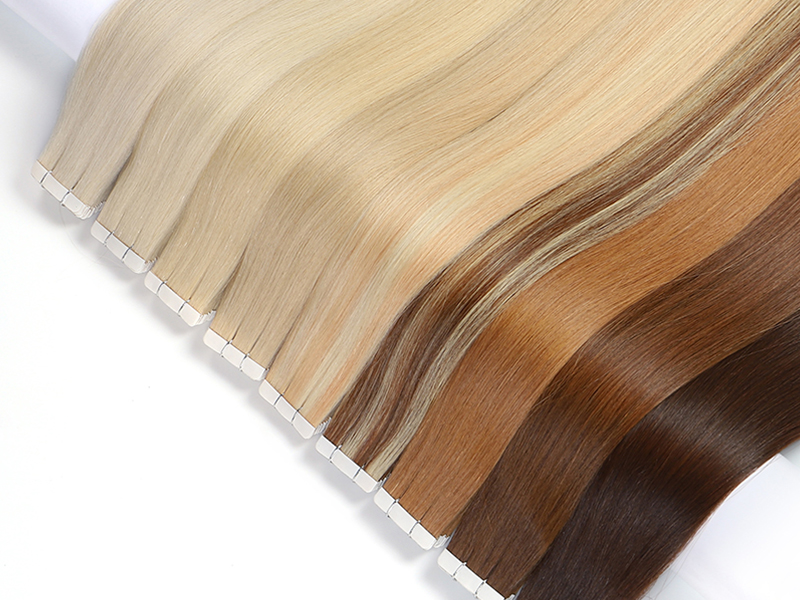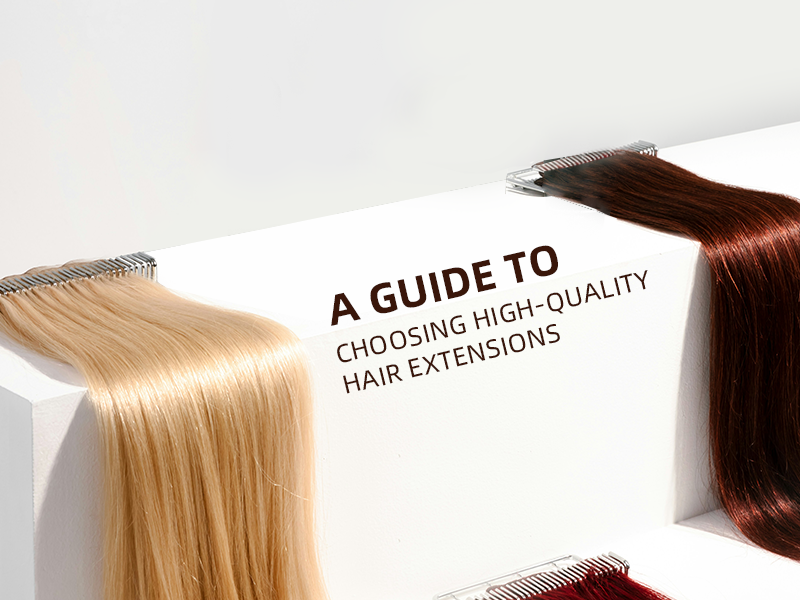The dynamism of China’s beauty retail sector is being driven by a new kind of buyer who is responding to the digital explosion and the unpredictability of a new generation of consumers.
Competition in China’s beauty retail sector becomes fiercer by the month. From new young brands thriving in a digital environment to a demanding, volatile, promiscuous consumer, traditional beauty retail faces challenges on all fronts.
Enter the new-era beauty buyer — expert at product selection and with the ability to make sense of fashion trends, local customer needs and a plethora of sales data. This is the kind of role now championed by multi-brand beauty retailers such as The Colorist, Wow Colour, Harmay and H.E.A.T.
The scale of the market is mouthwatering. In 2020, the Chinese cosmetics market was worth RMB 45.02 billion (around $6.34 billion), with an average annual growth rate of 12 per cent, according to data from Zhiyan Consulting. In recent years, besides foreign brands, Chinese cosmetics brands such as Perfect Diary, Florasis and Judydoll have found e-commerce to be fertile ground, using social media as an accelerator, relying on drops of hot products and innovative marketing to fill young consumers’ shopping carts.
How the new beauty buyers work
Meet Martin Zhang, who changed professions from assistant analyst at a venture capital firm to beauty buyer, attracted by the dynamism of the cosmetics sector, with its constantly changing products and new ideas.
Zhang, who currently works at a leading multi-brand beauty retailer, starts work a half hour earlier than his colleagues. He quickly browses reports from tech media such as 36Kr and filters business news related to beauty brands at home and abroad. He analyses data using all the experience he accumulated in the financial world.
Zhang’s morning team meeting is the first step in product selection. “We talk about brands, products and trends, and draw a distinction between trendy overseas products and new domestic products. The first choices are usually brands from Japan, South Korea and Southeast Asia that are similar to the aesthetics and skin type of Chinese consumers, but Western brands deserve some attention too for more distinctive looks and niche trends,” he says.
Compared with style-focused fashion, cosmetics have few key differences, although new challenges include more SKUs, shorter update cycles and faster iterations. Exceptional quality control is essential for a product used on the skin. Once a brand has passed the team’s basic information checks, buyers explore deeper and conduct sample background checks, including consideration of the factory, quality of the product and its compliance with ethical standards.
Then comes the evaluation stage. “We establish contact with the brand and obtain samples for testing,” explains Zhang. “Usually around 60 per cent goes to the buyer and around another 30 per cent to the consumer experience officer. After feedback from both reaches our satisfaction standards, only then can a product be considered to have passed the buyer’s barrier.”
Next up is the selection meeting, which analyses both the brand and the buyer’s conclusions. “This is a regular meeting, but attended by the company’s top executives,” explains Zhang. “Based on research and comprehensive analysis of trials, each buyer gives a speech on the selected brand’s products, concepts, long-term development plans and similar competitors. The iteration is fast and the number of shelves in-store is limited, so the purpose of the selection meeting is to screen even further.”
Multi-brand retailers have to balance large scale with the speed of fast fashion, while also thinking long-term. Brands selected don’t necessarily translate into sure profit — more tests and feedback from consumers are still required. “Whether a brand dies or not essentially depends on whether it can generate value for consumers,” says Zhang. “Some brands talk big online, but experience officers have found that not a few are exaggerating their value. So we have different levels. After a trial period, new products drop a level if they don’t perform — worst case, they’re removed altogether.”
The rise of the beauty buyer in China
The role of the new Chinese beauty buyer takes lessons from Sephora, the LVMH-owned multi-brand beauty retailer, which has played a pioneering role since its launch back in 1970.
But Sephora itself, which arrived in the Chinese market in 2005, focuses primarily on foreign brands. Other long-established retail giants, such as Watsons and Mannings, stick to old-style models. A cosmetics industry manager, quoted recently on Qingyan, explains that Watsons relies on the brands to do the work — “This business model makes Watsons more like a middleman, collecting rent from merchants as in a department store.”
However, the internet has reshaped beauty. The practice of business wins without lifting a finger is on the way out. Multi-brand retailers such as Wow Colour, The Colorist and Harmay have surged, building expert teams of new-era beauty buyers.
Speed is the new factor. Buyers include weekly updates to product portfolios and design installations featuring photos of the latest online celebrities. The new multi-brand stores are adept at converting new experiences online into the offline space.
The Colorist, established in 2019, is estimated to have a team of around 50 buyers. It’s a complex and diverse group, including strategic buyers from the supply chain upstream and consulting experts dedicated to brands belonging to fashion groups. Most of them are young, born after 1990.
Flexibility for these teams is key. “We must always pay attention to new products and new brands,” says the marketing manager of Harmay. “But [we must] screen them, taking into account the characteristics and preferences of Harmay’s customer base.”
An insider at The Colorist’s buying team highlights how retailers’ relationships with brands have moved towards closer collaboration. “Buyers need to be responsible for the brands they select, and achieve synchronous, healthy growth of both brands and channels. For example, the rainbow wall and DIY eye-shadow wall at The Colorist stores are both co-creations of the buyers and Chinese makeup brand Focallure. Buyers combine brand tonality with store sales data and the hottest trends and put together creative plans for displaying products. We often say, ‘Buyers who don’t know how to develop a display aren’t good buyers.’”
How to become a beauty buyer
Becoming a beauty buyer takes patience. Beatrice Cusani graduated from Milan’s Bocconi University with a master’s degree in marketing. After working for department stores like Italy’s La Rinascente, Illum Copenhagen and Harvey Nichols Doha, she joined Dubai retail giant Al Tayer, becoming responsible for beauty buying for e-commerce and department stores under the group’s banner.
“Few schools offer courses in beauty buying,” says Cusani. Her interest in buying began after graduation as an assistant purchasing manager responsible for cosmetics and children’s clothing. The experience allowed Cusani to exercise two core skills: analysis and marketing. The former cultivated her sensitivity to numbers, while the latter gave her a deeper understanding of consumers.
She explains the difference between fashion and beauty buyers. Clothing uses seasonality as the base for its product cycle and has a relatively fixed production model. Trends and design tend to drive consumer demand. Cosmetics are purchased more frequently: the category is driven by consumers with very specific skincare needs and makeup habits. Beauty buyers need to be fully in tune with these and provide solutions.
What are the key skill sets of a modern beauty buyer? Digital thinking in analysis comes high on the list. That includes an ability to understand the ratio of hot and evergreen products as well as analysing sales data to determine the best way to position and display brands and combine them.
Also important is long-term thinking in collaboration, beyond a fixation on sales figures. Buyers need to pay attention to a brand’s DNA and founder’s philosophy. Once a brand is on the shelves, the pressure is on to actively communicate with the brand to identify existing problems and combine sales feedback from different channels to nurture it.
Finally, new-era buyers need to be brilliant at adopting the customer’s perspective. Gen Z, particularly in China, are confident individuals who are keen to mix and match. They’re used to online shopping but also love to try new experiences offline. They believe high-end brands are compatible with cost-effective domestic products, mass-market models and niche one-offs. Buyers need to keep them interested with in-store visual impact and new experiences. The challenges are immense and relentless, but the rewards are equally immense.
Source: https://www.voguebusiness.com/beauty/how-buyers-are-changing-beauty-retail-in-china








